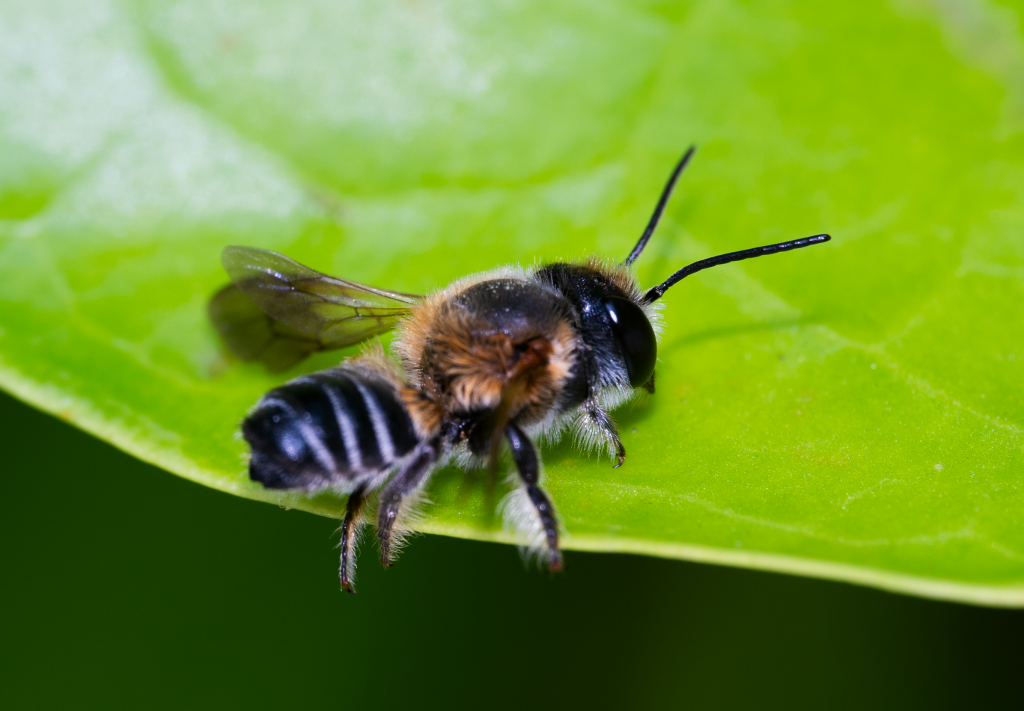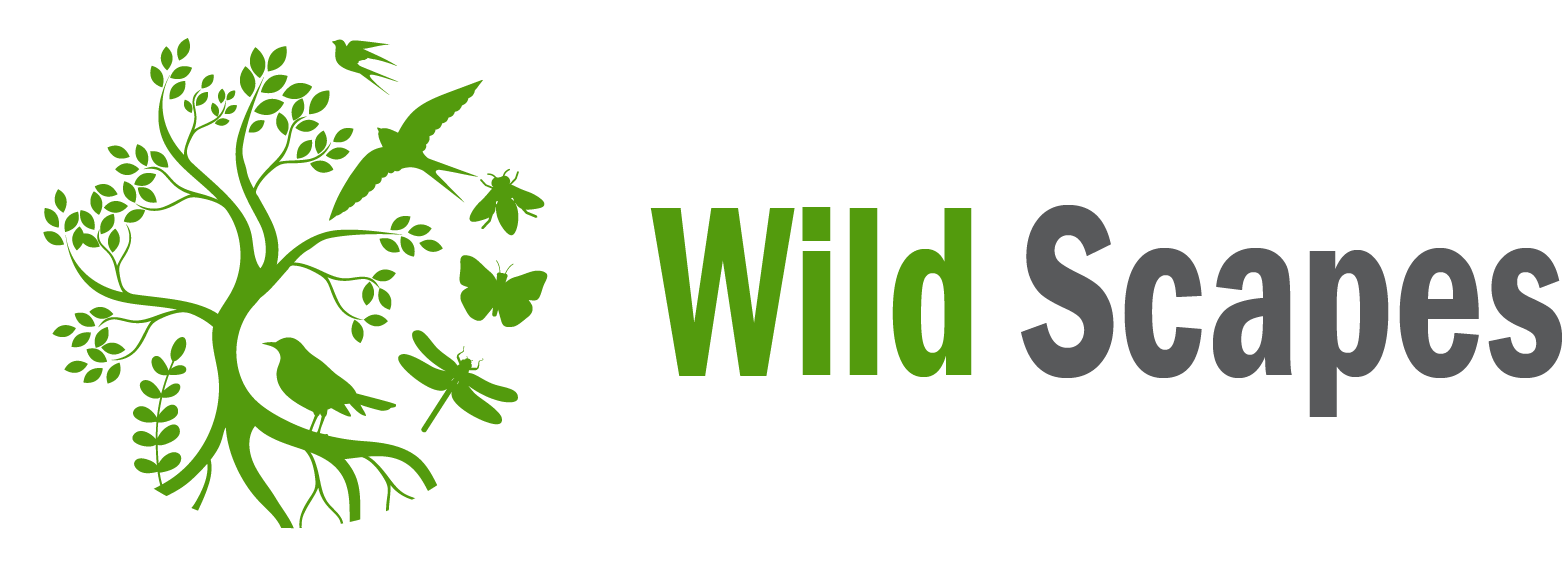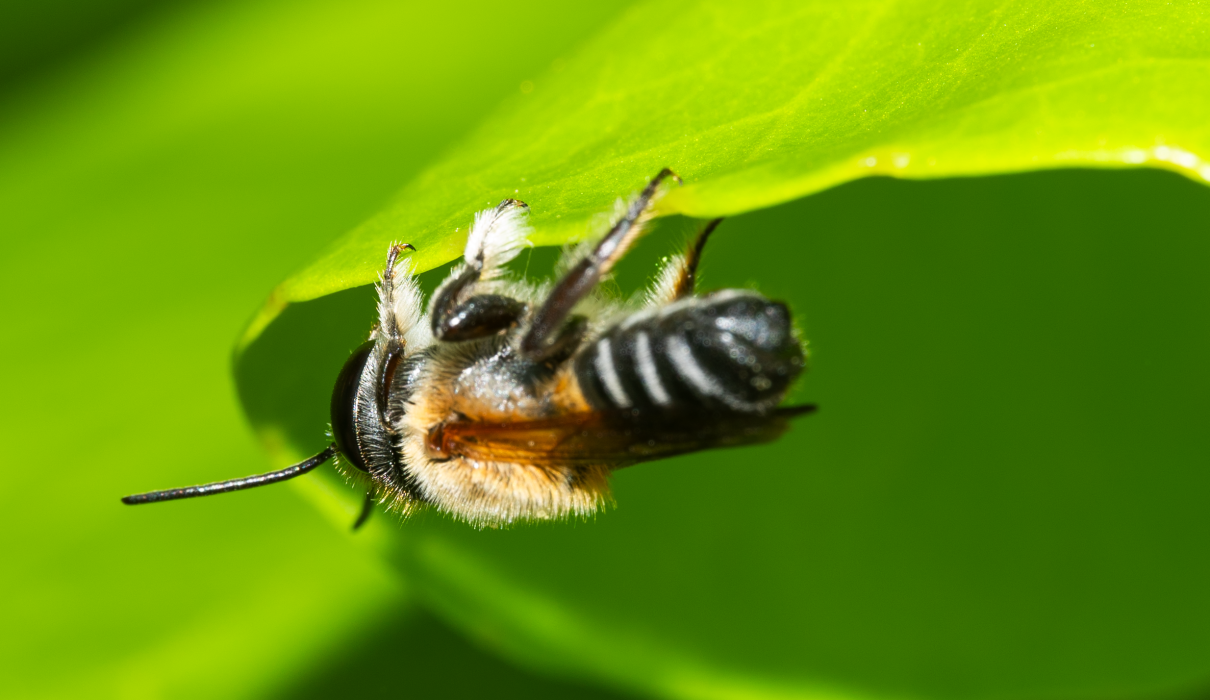Willughby’s Leafcutter Bee (Megachile willughbiella) stands as a vital guardian of biodiversity within the Maldives. Found along the sandy shores, particularly amidst the Magoo Gas (Sea Lettuce), these bees are essential pollinators, contributing significantly to the ecological balance of the islands.

Description and Identification: Measuring between 12 to 18 mm in length, Willughby’s Leafcutter Bee is a large species, commonly encountered along Maldivian beaches. Males are distinguished by their distinctive white flattened front tarsi, while females, though challenging to identify, exhibit specific characteristics outlined in an identification checklist.
Scientific Classification:
- Domain: Eukaryota
- Kingdom: Animalia
- Phylum: Arthropoda
- Class: Insecta
- Order: Hymenoptera
- Family: Megachilidae
- Genus: Megachile
- Species: Megachile willughbiella
Distribution and Importance: Thriving in the Maldives, Willughby’s Leafcutter Bee plays a crucial role in pollination, supporting the growth of various plants, including wildflowers, fruits, and vegetables. Their presence underscores the significance of these bees in maintaining the island’s biodiversity.
Biology and Behavior: Leafcutting bees, like Willughby’s species, exhibit meticulous nesting behavior, constructing nests using circular pieces of leaves. These nests, found in soil, wood cavities, and plant stems, provide shelter for the bees’ solitary lifestyle, contributing to their role as essential pollinators.
Host Plants and Natural Enemies: Willughby’s Leafcutter Bee pollinates a diverse range of plants, utilizing pollen collected from wildflowers and cultivated crops across the Maldives. However, they face threats from parasitoids and kleptoparasites, highlighting the challenges they encounter in their ecological niche.
While valuable pollinators, leafcutting bees may sometimes be perceived as pests due to leaf-cutting behavior on ornamental plants. Effective management strategies, including physical barriers and careful site selection for nesting, are essential for maintaining a balance between human needs and ecological preservation.
leafcutting bees are an integral part of the coastal ecosystem in the Maldives, contributing to the beauty and biodiversity of the islands. Their presence along the sandy shores, coupled with their unique characteristics and behaviors, offers an opportunity for locals and visitors alike to appreciate the wonders of nature.
References:
- Information provided by the user
- Deyrup M, Kenny B. 2000. Florida’s fabulous insects. World Publications. Tampa, Fl
- Leavengood Jr JM, Serrano D. 2005. A distributional checklist of the leaf-cutting bees [Hymenoptera: Megachilidae] of Florida. Insecta Mundi 19: 172-176.
- Mitchell TB. 1962. Bees of the eastern United States (vol. II). Technical Bulletin Number 152. The North Carolina Agricultural Experiment Station.
- Michener CD. 2000. The bees of the world. Johns Hopkins University Press.
- Preston-Mafham K, Preston-Mafham R. 2000. The natural world of bugs and insects. PRC Publishing. London.
- Source


